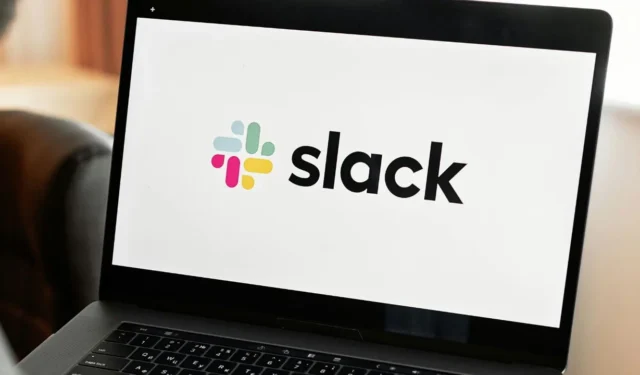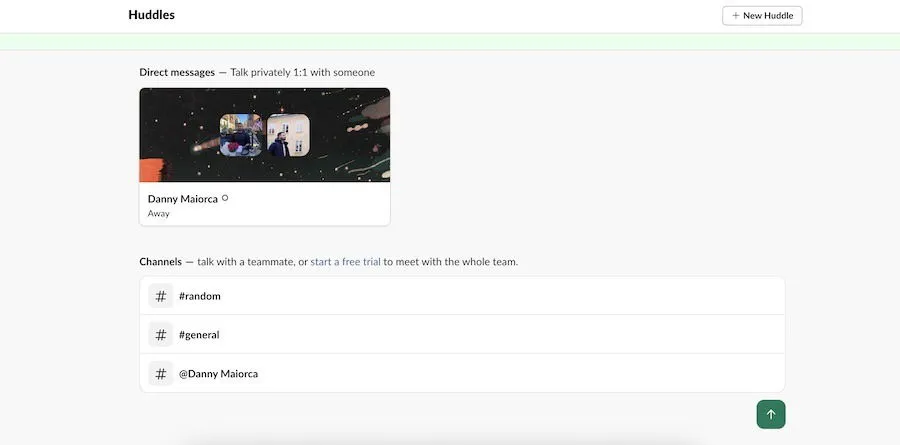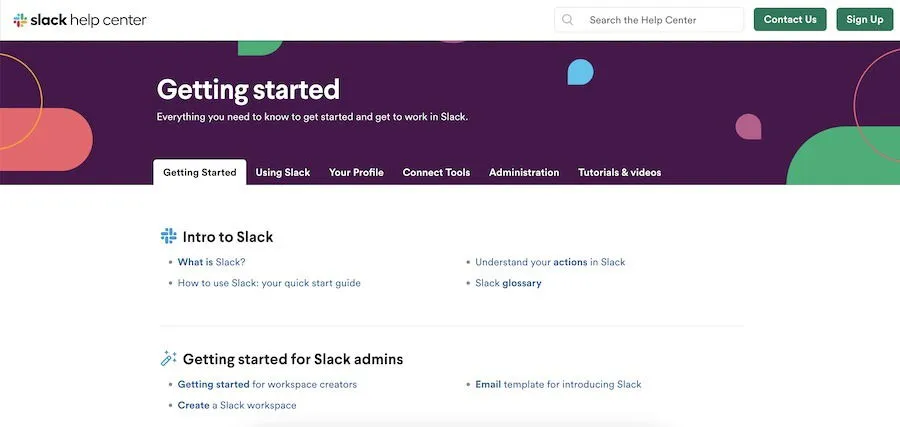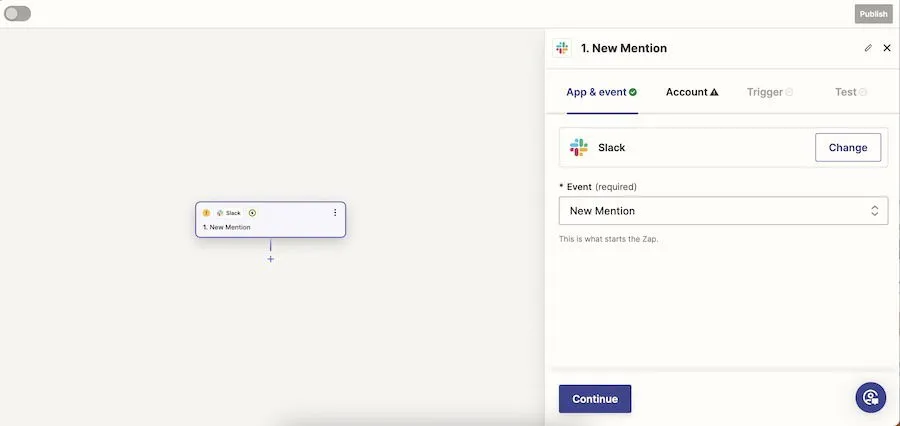Comparison of Slack Free vs. Paid Plans: My Experience with Premium and its Value


As your organization begins to grow, you’ll need to decide whether to continue using the free version of Slack or invest in its premium features. Having used both tiers, I’m here to guide you in making the best choice for your needs.
Comparison of Slack Free vs. Paid Plans
| Feature | Slack Free | Slack Paid |
|---|---|---|
| Maximum number of users | Unlimited | Unlimited |
| Message history | 90 days | Unlimited |
| Maximum integrations | 10 | Unlimited |
| Customization features | Change interface color, customize profile, add Slack channels | All Free options plus custom sections and templates (Enterprise Grid) |
| Compatibility with Slack AI | No | Yes |
| Maximum security level | Data encryption, 2FA | IDP groups/audit logs |
| Slack Huddle capabilities | 1:1 only | Multiple users |
| Automation | No | Yes |
1. Third-Party Integrations
I utilize various Slack integrations like Google Calendar and Dropbox that enhance productivity and overall experience. Even if you don’t opt for a paid Slack plan, you can still use up to 10 integrations concurrently.

Slack supports over 2,000 apps that you can integrate, including Notion, Google Drive, Salesforce, and Zoom. If you need guidance, check out my guide on using Giphy in Slack to activate your integrations.
With a paid version of Slack, you’ll enjoy unlimited integrations, though administrative permissions may be required when joining other paid workspaces.
Once you integrate an app in Slack, access it easily through the Apps section in the left-hand toolbar.
2. Message History
When working on significant projects, having access to past communications is vital. The free version of Slack allows you to access up to 90 days of message history.

To locate old messages, revisit the original conversation or channel, or utilize the search function to find specific keywords or users.
If you’re using a paid Slack plan, you can retain messages indefinitely.
3. Huddles and External Guests
While managing a workspace, you might need to interact with external collaborators. On a free plan, you can send 1:1 messages to external guests, but they cannot join your channels.
Huddles serve as Slack’s audio and video communication tool, allowing 1:1 calls with a free plan.

In contrast, the paid version enables you to host Huddles with multiple participants. If you’re seeking more flexibility without upgrading, I recommend integrating Zoom.
4. Workspace Member Allowances (the Same for Both)
Unlike some instant messaging platforms that enforce member limitations—like Microsoft Teams, which caps teams at 5,000 users—Slack permits unlimited users even on the free plan. You can also create as many channels and groups as needed.
5. Security Features
While Slack’s free plan lacks comprehensive security features, it does offer two-factor authentication (2FA) as a basic protective measure.
Setting up 2FA allows you to use an authenticator app (like Google Authenticator) for your verification code or receive a less secure SMS code, which I wouldn’t recommend.
For those needing enhanced security, paid subscriptions provide more options. All paid plans include Google OAuth, but SAML-based single sign-on (SSO) features are exclusive to Business+ and Enterprise Grid tiers.
For maximum security, Enterprise Grid offers an extensive range of tools, including audit logs and optional add-ons like Slack Enterprise Key Management and EMM integration.
6. Customer Support
Slack offers “standard” support for free plans, which—frankly speaking—is still superior to many other applications (messaging or otherwise). However, if faster assistance is crucial, a Slack paid plan will facilitate this.
For quick answers to common issues, visit Slack’s comprehensive Help Center without upgrading.

All paid Slack plans come with 24/7 support, but response times differ based on your plan; Business+ and Enterprise Grid guarantee a first response within four hours—something that isn’t assured with Slack Pro.
7. Automations
Automation features can significantly enhance productivity. Slack provides various automations exclusively for paying subscribers, allowing unlimited published and standard workflows that don’t need the Slack AI add-on.

In Slack, you can automate tasks like PTO requests, message scheduling, and posting messages to your channel. Depending on your plan, you receive 1,000, 2,000, or 5,000 premium workflow runs monthly; a premium workflow run involves two or more connector steps.
Should you exceed your monthly allocation, you’ll incur a fee of $0.05 for each additional premium workflow run. If you remain on a free plan, consider integrating Zapier for automation needs.
8. The Slack AI Add-On
While not every application necessitates AI, Slack AI might be beneficial if you aim to enhance productivity within the platform.
Available as an add-on for paid subscribers, Slack AI enables you to summarize conversations—whether private messages or channel discussions.
It also provides daily recaps and enhanced search capabilities (though the existing Slack search is already quite robust).
Pricing for Slack AI varies based on your location.
Should You Upgrade to a Paid Version?

To assist you in making an informed choice, here are some scenarios for utilizing each Slack version:
Opt for Slack Free if…
- You’re just starting out and have a small team.
- You need a casual platform for chatting with classmates or friends.
- You only require basic security features.
- You don’t require many integrations or have limited needs.
- Your message retention isn’t a priority.
Consider Slack Paid if…
- You manage a larger team and deal with sensitive communications.
- You need to utilize audio and video messaging beyond 1:1 calls.
- You seek to automate repetitive tasks, saving time for important projects.
- You have ongoing projects that necessitate retaining message history.
- You require multiple integrations beyond the limitations of a free plan.
Additionally, it might be worthwhile to explore Slack alternatives before making a final commitment.
Image credit: Pexels. All screenshots by Danny Maiorca.


Leave a Reply